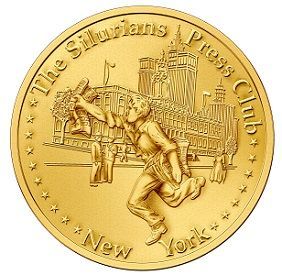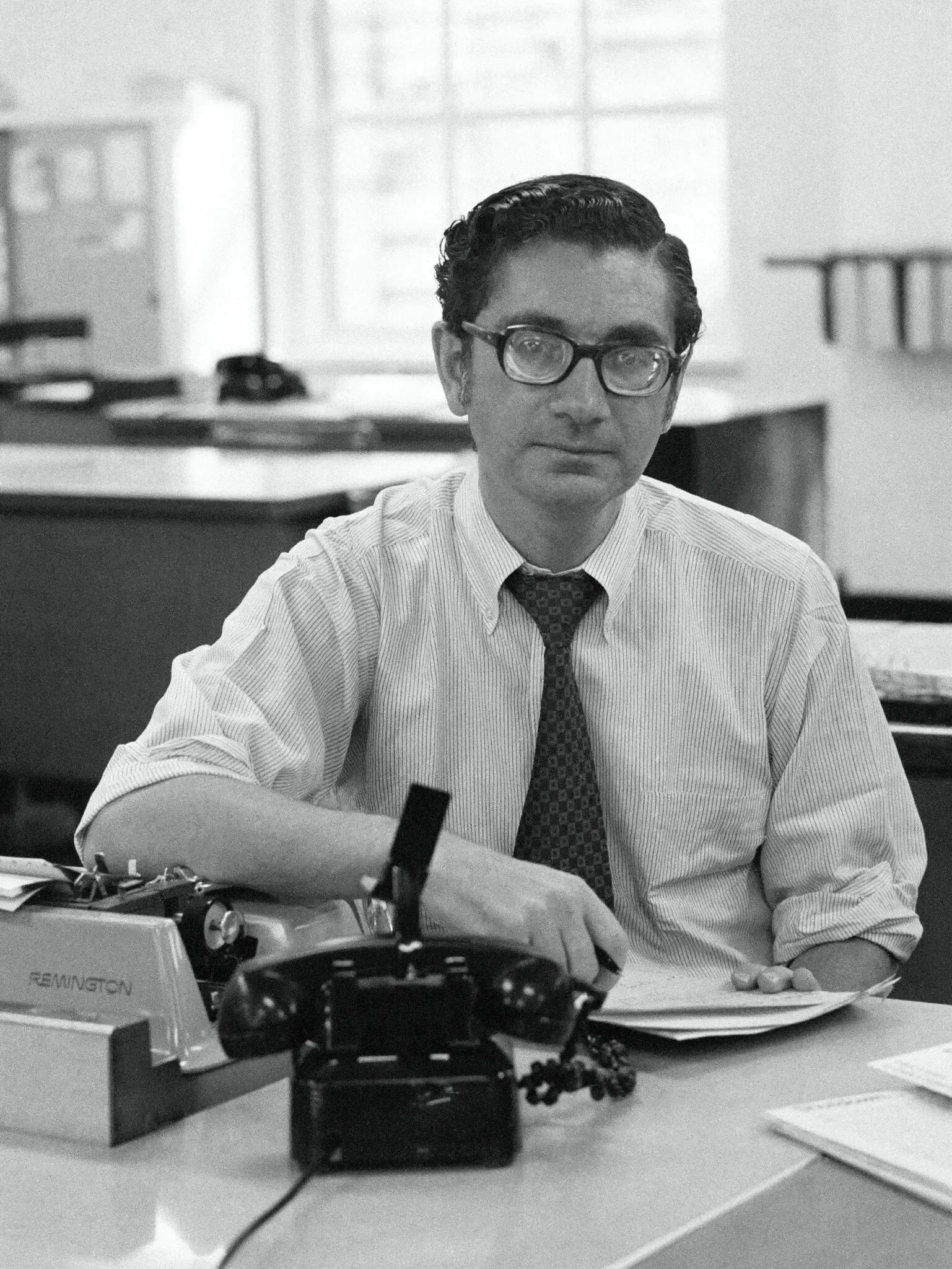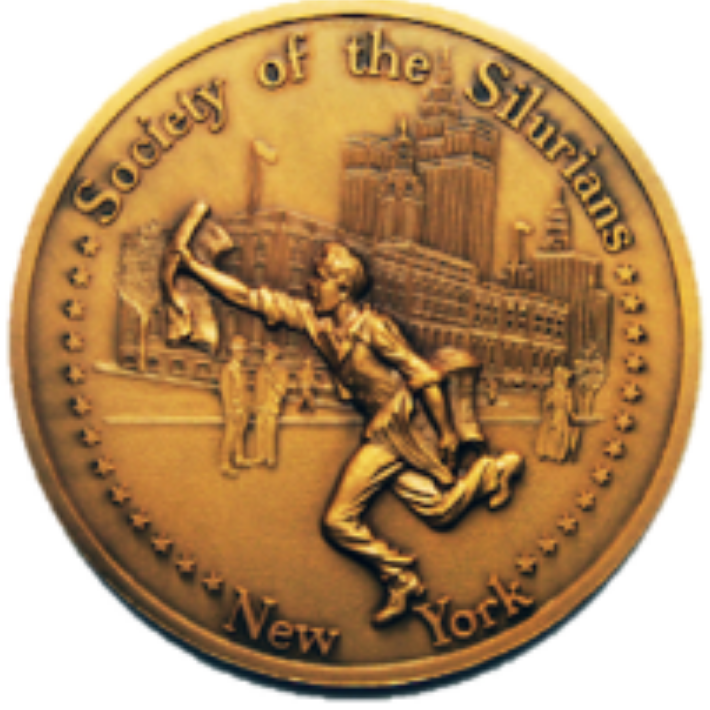Obituaries
Top Editor, True-Blue Silurian, July 5, 1933-June 1, 2025
The Pulitzer Prize-winning correspondent and former Executive Editor was the public ideal of a New York Times man: polished, erudite and well spoken.
Author, Actor, Politician, All with Irish Flair, 92
Village Voice Co-Founder, Publisher, Soldier, Psychologist, 100
Iconoclastic Reviewer of Our Most Popular Medium



